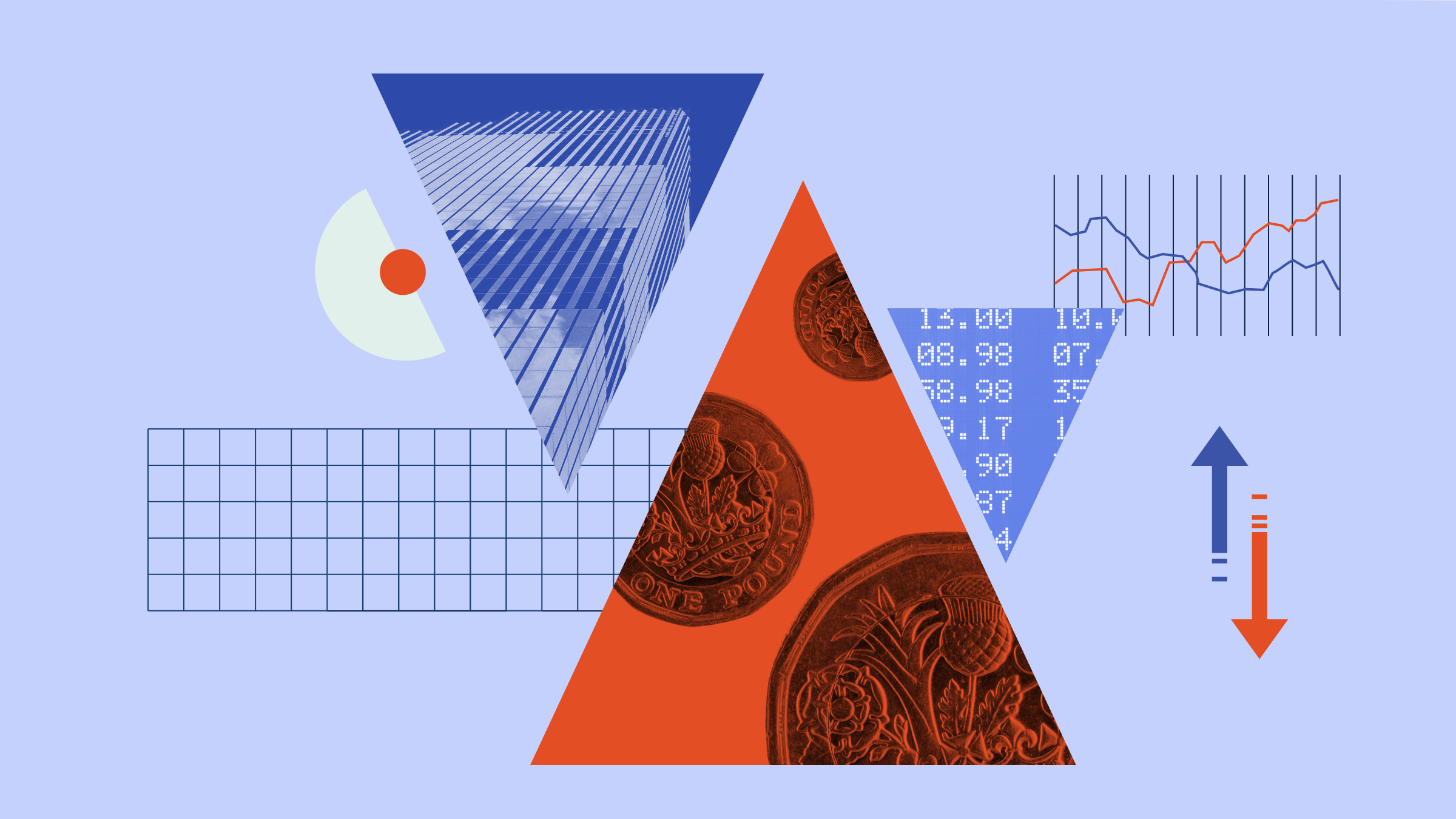Robert van den Oever: Welcome to Morningstar. Today I talk to Jeana Doubell, Manager Research Analyst for Morningstar in Amsterdam, and we're going to talk about the dirty word in fund investments, namely fees, which can have a big impact on the net return for fund investors.
So, Jeana, to start with, are you seeing different fee trends in different regions over the world?
Jeana Marie Doubell: Yes, we are. Certainly, in recent years, we've noted that the U.S. typically charges slightly lower fees. Europe may be a touch higher. And then, for example, in Asian markets, it's actually quite a bit higher. So, if I hone in on a specific category, for example, in the high yield category, in the U.S., we see a median fee class of about 77 basis points. In Europe, it's about 86 basis points. But then, over in Asia, it's almost double that at 138 basis points.
Van den Oever: Okay. And are there country leaders within those regions you mentioned?
Doubell: Well, maybe I have a home bias. But perhaps the Netherlands is on the forefront of that. So, in 2014, the Dutch Authority of Financial Markets brought in the new legislation that essentially put a ban on retrocessions. This means that fully loaded share classes, so share classes with additional fee layers, such as distribution fees, were now prohibited. Since then, retail investors have either been offered institutional fee classes, which often have a lower fee, or clean share classes that don't have these distribution fee classes set up on top of it.
Van den Oever: So, how can fund investors guard themselves against the high fee trap?
Doubell: Well, maybe the most simple guideline is just to really understand the fees that you are busy paying. To ensure, for example, that the stipulated fees are at least smaller than the fund's objective aim, so the return that the fund tries to achieve. Having said that, obviously, returns are never certain, but fees are. So, it's important to understand the breakdown of your fees as well. Certain fees to look out for might include, for example, performance fees, which are additional fees charged on when a manager outperforms their benchmark. But this basically means that instead of those additional returns going to the investor, they now give some of them back to the manager as performance fees. On the other hand, another type of fee to look out for are redemption fees. These are fees that are charged when investors wish to pull their money out of the fund.
Van den Oever: And are there certain firms that are known for charging high fees?
Doubell: Yes, there are actually. So, if we look at the Morningstar fund family report that is released every annual year, we can see that certain firms such as BlackRock and specifically the iShares platform of BlackRock that gives passive investing options to investors, these charge the lowest fees typical of a passive platform in the cheapest 5% of the firms that we analyse. On the other hand, we get more expensive fee classes offered in the active management space. So, sticking with BlackRock, we see more median-aligned fee class with the rest of the peer group, whereas a firm like Amundi has a more expensive fee class in the most expensive 25% of the group, whereas for example UBS would have a cheaper share class in the more cheaper 25% of the group. But it's also important to realize that this doesn't necessarily mean that retail investors have access to those cheaper share classes. It is a median across the range of the fees that are offered both on an institutional and a retail basis.
Van den Oever: And what does this mean for fund investors?
Doubell: Well, each fund should definitely be seen in its own individual right. But while outcomes are never certain, fees certainly are, and this allows us the transparency around fees, allows us to better compare and to identify those fees and even avoid them if we believe they are still high. In other words, in a vacuum, all else equal, the lower the fees, definitely the better.
Van den Oever: And how does Morningstar communicate the effect that fees can have on a strategy towards their clients?
Doubell: Fees play an essential part in the rating system behind the modern Star Medalist ratings. So, for these ratings, based on an analyst's conviction on a fund's ability to deliver returns exceeding its benchmark after fees through a full market cycle to investors, we award funds with a Medalist rating, essentially being a Negative or a Neutral for lower convictions all the way through to Bronze, Silver or Gold for our higher-conviction funds. So, for this, we start our analysis – we'll review the fund, looking specifically at the strengths and weaknesses of the investment team, the investment process and the firm to which those belong. And this will then be used as inputs to calculate an alpha expected on a pre-fee basis. And then, from there, we essentially look at each share class and we subtract the fees for each share class from that alpha calculation. And in this way, our medalist outcomes are specifically fine-tuned to the exact fees of each share class acting as a signal to investors to show the effect that each of those share classes have based on their fees.
Van den Oever: Okay, Jeana, thank you very much for your insights in fees. We learn now that we never can underestimate the effect of fees on the end return for investors. So, Jeana, thank you very much. And thank you all for watching. For Morningstar, I'm Robert van den Oever.

















